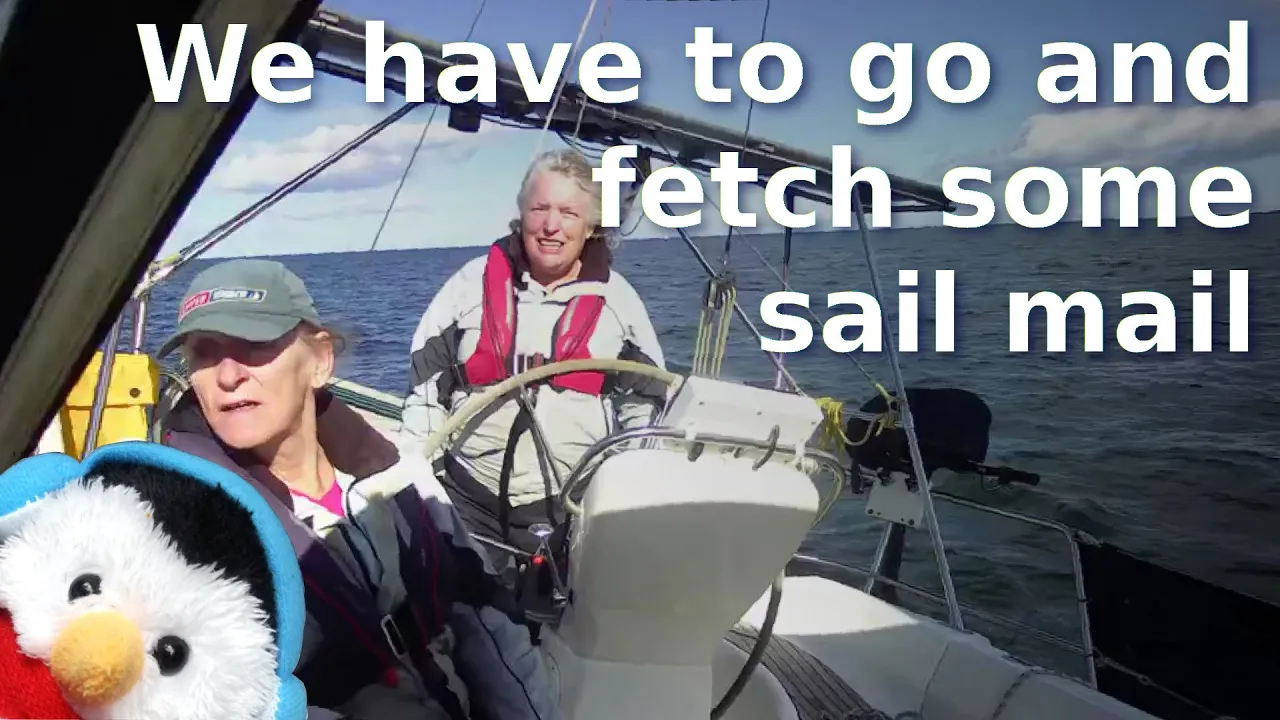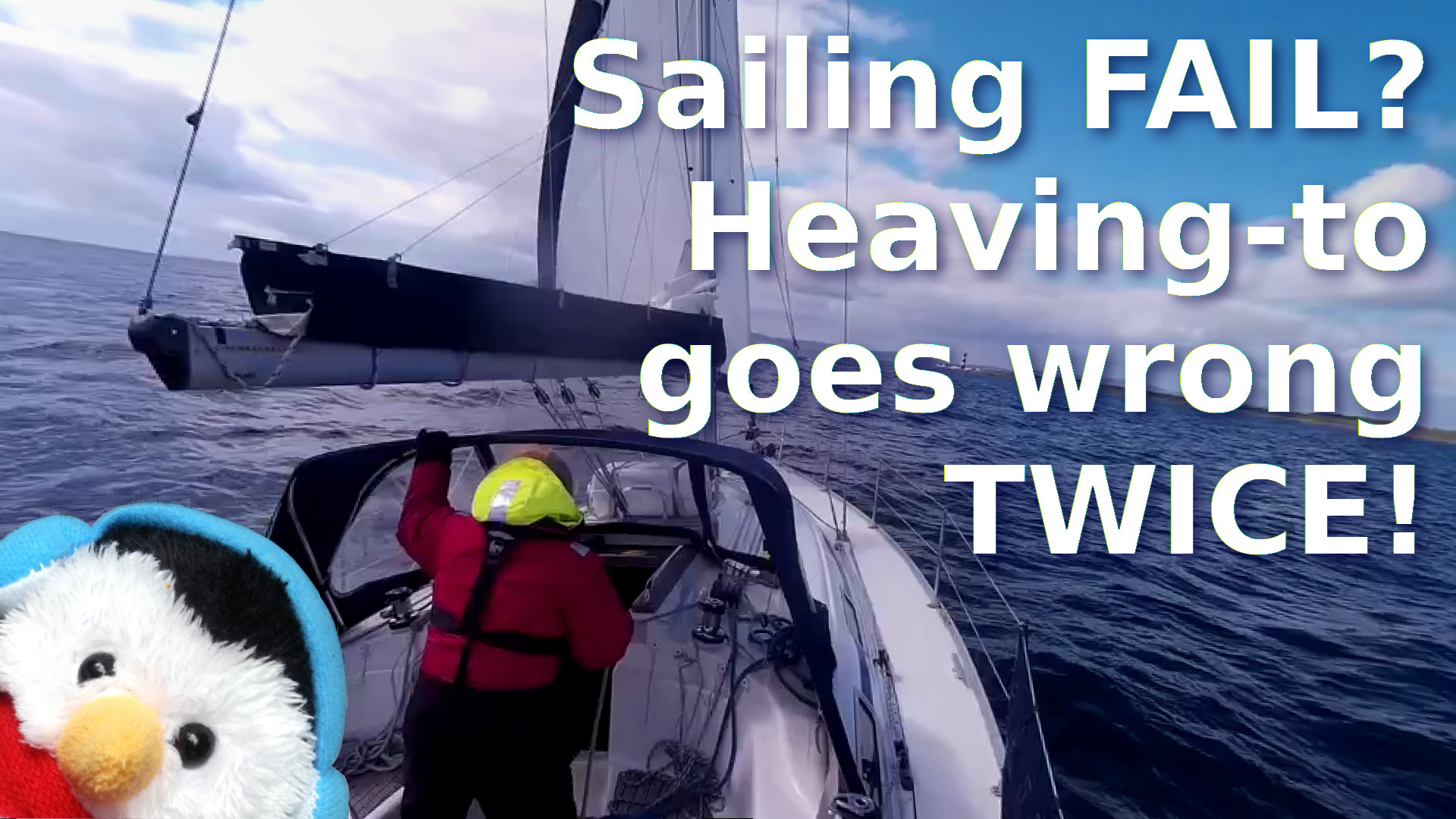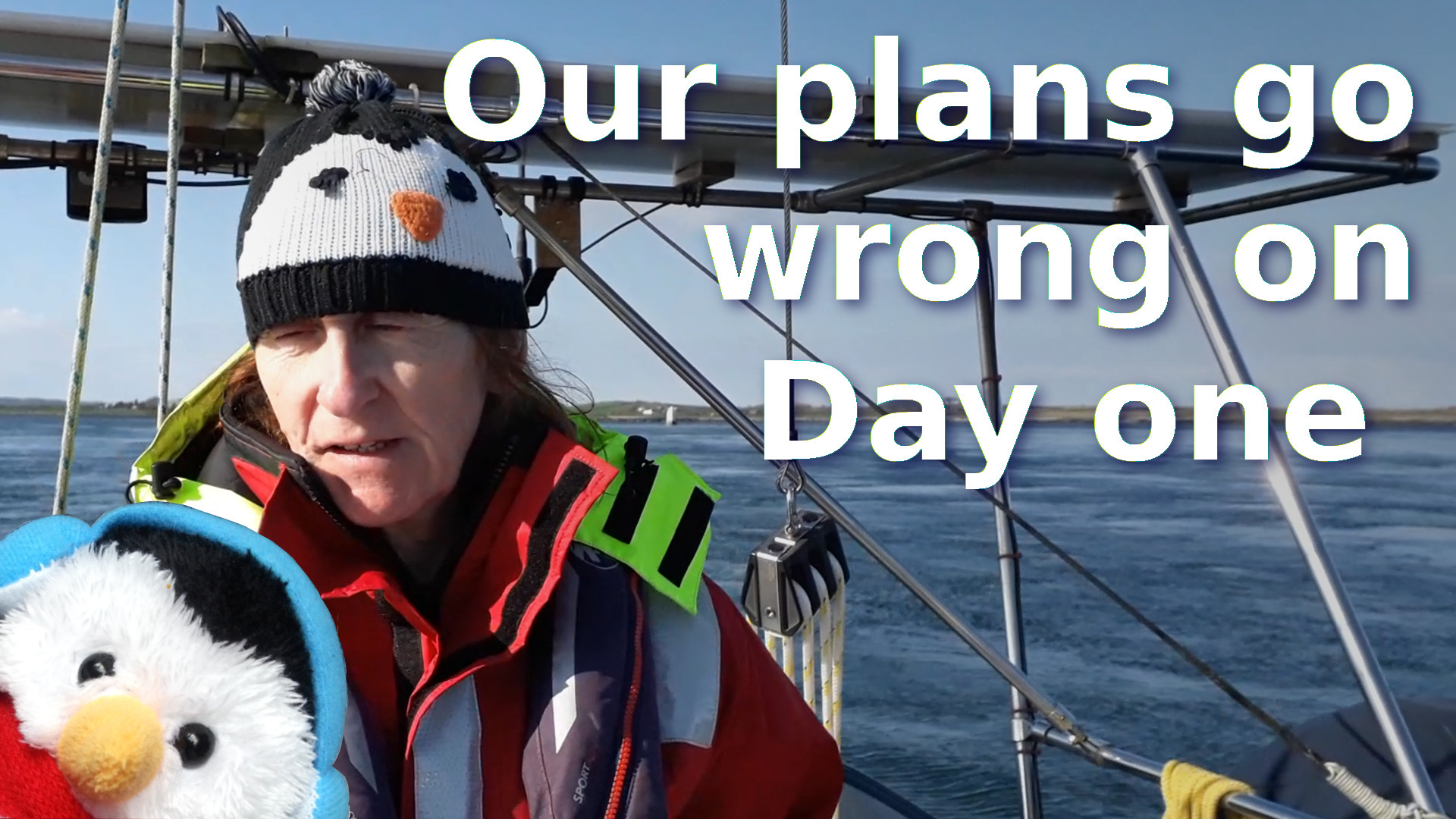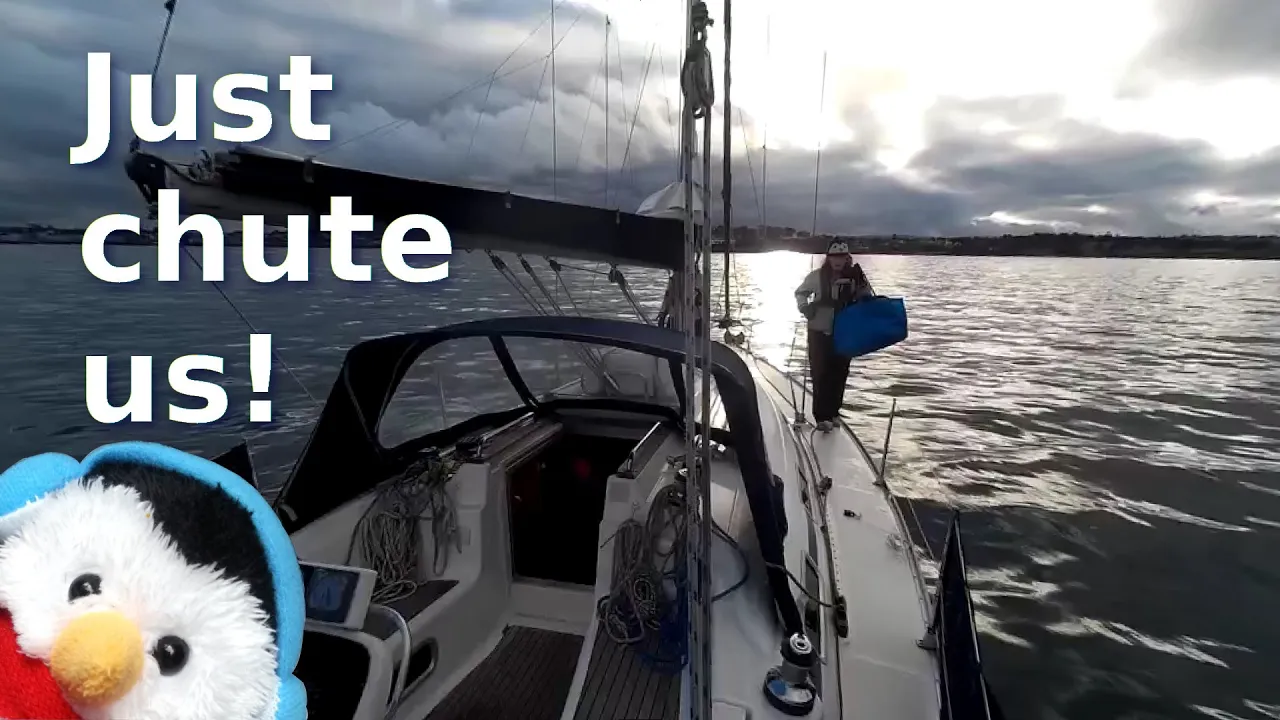With the wind coming from the south Ballyholme Bay has been a fantastic refuge. For sailing south however, the south wind just meant that we would wind over tide, so we ended up staying at Ballyholme for a few days. For winds from the south Ballyholme is a great place to shelter from both the wind and the tide. From any North going tide, the bay is quite sheltered, to the extent that when we were out in the bay, we could feel the tidal component, but as soon as we came into the bay, the tide just dissipated. We did feel the tide when it came from the North, but that was short lived, as it only seemed to be an issue for a short time, as the tide changed. Wake from the tankers that went up the channel was more of an issue, but seeing as the channel was over 3NM away, wake was quite small.
We really liked Ballyholme bay as an anchorage and there was lots of fantastic entertainment provided by dinghies. There was races, and people practicing their skills. It was great entertainment, so we would really recommend Ballyholme bay on a Tuesday night, when all the racing happens.
With the wind from the North, it was time to leave the anchorage and move on, so we decided to go to Peel on the Isle of Man. Our first tidal gate, was Copeland Sound, which runs between Copeland island and Donaghadee. I had timed my passage so that we were there at the turn of the tide, so that we were in a South going tide, but just at the end of sound, the tide was still going North. It meant that we went from flat waters into a wall of water. It was a little bit difficult to navigate, but I simple read the water and steered us so that we were not bashed around too badly, but in general, I steered closer to the coast, where the tidal component was less.
After that we had to motor, so I had a cockpit moan, mainly about the lack of wind, I should of had 20knots of wind, but I was only seeing 5knots. I also chatted about the word maelstrom, which I have heard another person use to describe Copeland Sound. previously I thought that they were being ridiculous, as maelstrom to too hash a word to describe the sound, but now that I have been through it when the tide was not established, I could see where you could get that word, You would only need hasher winds rather than the 5knots that I was experiencing and it could feel like a maelstrom. The only good thing about motoring was Beverley was down stairs cooking.
A bit latter on the wind started, so we started to hoist the main, but as we were doing that, the heavens opened and I got soaked. It was so bad, I couldn't physically see where I was going, Beverley shouted the course, I should be on, so I had to rely on the instruments to get me to the correct course. Once I neared, my course, I put the auto pilot on and used her to get us, onto the correct heading. I then went down stairs to change and get out of my soaked clothes. I felt like I was having a drowned rat moment.
Behind the squall, there was some wind so we got the sails up and got the engine off as soon as possible. While we were motor sailing, we were going over 8 knots, but as soon as the engine was off, our speed dropped to 7.7knots, which was more than required for our passage.
One of the things that I had ear marked to chat about was using a sail plan from before Covid. Basically I just wanted to say that the advantage of a sail plan is that it is valid years later. All you need to do is put in the tides at the time and the plan should still work.
We sailed with two reefs in the Genoa and one in the main, but we dropped that to two reefs in the main as night fell, It meant that we were still sailing at 5.5knots, but for a night time sail, it was still a good clip of knots to be going at.
We got to Peel just after midnight and we dropped our sails in the outer harbour, so I contacted Douglas port control and requested a lock in, but I was a little bit early for the next gate, so I had to circle in the outer harbour. Once the gate was ready, Douglas had an issue in that they could not open the swing bridge, so they suggested to me that I come into the fuel pontoon so that I could get out of the swell. We then had to wait on the fuel pontoon, while the engineer was called for and the gate was manually opened. We managed to get into Peel with only 15 minute remaining of tide but we got in. We then tied up to the harbour wall. I was so exhausted, when we got in, it was ridiculous. One of the issues of being in at that time of night was that we were very tired bit we had to stay awake a little bit longer to adjust the lines.













